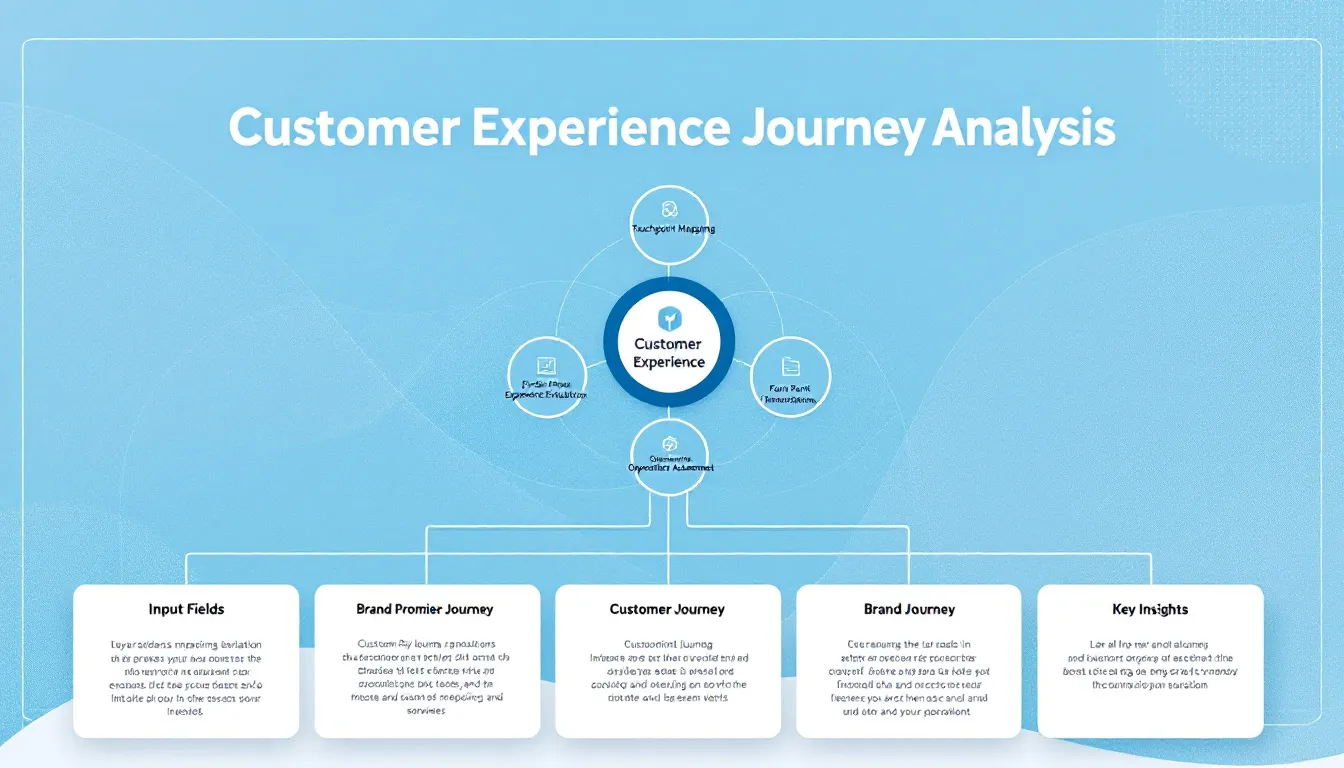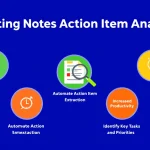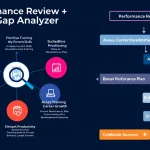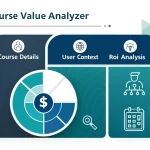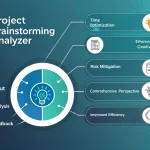Is this tool helpful?
How to Use the Customer Experience Journey Analysis Tool Effectively
The Customer Experience Journey Analysis Tool helps businesses evaluate and optimize their customer interactions across various touchpoints. Here’s a detailed guide on using each field effectively:
Input Fields Guide
- Brand Name: Enter your company or brand name (e.g., “Spotify”, “Tesla”)
- Brand Promise: Detail your core value proposition (e.g., “Delivering personalized music experiences that connect artists with fans” or “Accelerating the world’s transition to sustainable energy”)
- Customer Touchpoints: List all interaction points (e.g., “Mobile app, Customer support chat, Email newsletters, Desktop platform, Social media presence, Live events”)
- Customer Segment: Specify target audience (e.g., “Music enthusiasts aged 18-34” or “Environmentally conscious luxury car buyers”)
- Time Frame: Define analysis period (e.g., “Q4 2023” or “January-June 2024”)
Understanding Customer Experience Journey Analysis
Customer Experience Journey Analysis is a strategic approach to understanding and improving how customers interact with your brand across multiple touchpoints. This tool systematically evaluates these interactions against your brand promise, helping identify gaps, opportunities, and areas for enhancement.
Key Components of the Analysis
- Touchpoint Mapping
- Experience Evaluation
- Pain Point Identification
- Opportunity Assessment
- Brand Promise Alignment
Benefits of Using the Customer Experience Journey Analysis Tool
1. Strategic Insights
Gain comprehensive understanding of your customer’s journey and identify critical moments that influence satisfaction and loyalty.
2. Data-Driven Decision Making
Transform qualitative customer feedback into actionable insights for improved business strategies.
3. Competitive Advantage
Identify unique opportunities to differentiate your brand through superior customer experience.
4. Resource Optimization
Focus improvements on touchpoints that matter most to your customers.
Solving Customer Experience Challenges
Challenge 1: Inconsistent Brand Experience
The tool helps identify inconsistencies across touchpoints by analyzing each interaction against your brand promise.
Challenge 2: Customer Drop-offs
Pinpoint exactly where and why customers might be leaving your journey, enabling targeted improvements.
Challenge 3: Resource Allocation
Determine which touchpoints require immediate attention versus long-term development.
Practical Applications and Examples
Example 1: E-commerce Platform Analysis
An online retailer analyzed their customer journey using the tool:
- Brand Name: StyleHub
- Brand Promise: “Personalized fashion recommendations with seamless shopping experience”
- Touchpoints: Website, Mobile app, Email marketing, Social media, Customer service, Delivery experience
- Customer Segment: Fashion-conscious millennials
- Time Frame: Q3 2023
Example 2: Healthcare Provider Assessment
A medical clinic evaluated patient experience:
- Brand Name: WellCare Medical
- Brand Promise: “Compassionate, accessible healthcare for all”
- Touchpoints: Online booking, Reception, Consultation, Follow-up care, Billing, Patient portal
- Customer Segment: Urban families
- Time Frame: January-March 2024
Frequently Asked Questions
What is a customer touchpoint?
A customer touchpoint is any interaction between a customer and your brand, including digital platforms, physical locations, marketing communications, and customer service encounters.
How often should I conduct a customer experience analysis?
Most organizations benefit from quarterly analyses, though the frequency may vary based on business type, market dynamics, and strategic initiatives.
What makes a good brand promise?
An effective brand promise should be clear, memorable, achievable, and relevant to your target audience while differentiating your brand from competitors.
Can I analyze multiple customer segments simultaneously?
Yes, you can conduct separate analyses for different customer segments to understand varying needs and expectations across your customer base.
How do I prioritize identified improvements?
Prioritize based on impact on customer satisfaction, alignment with brand promise, resource requirements, and potential return on investment.
What defines a moment of truth in customer experience?
Moments of truth are critical interactions that significantly impact customer perception and loyalty, often occurring during first impressions, problem resolution, or purchase decisions.
How can I measure the success of experience improvements?
Track key performance indicators including customer satisfaction scores, Net Promoter Score (NPS), customer retention rates, and revenue metrics before and after implementing changes.
Should I include internal processes in the analysis?
Yes, including internal processes helps understand how they impact external customer experiences and identify operational improvements needed to enhance customer satisfaction.
Can small businesses benefit from this tool?
Absolutely. Small businesses can use this tool to compete effectively by delivering exceptional customer experiences and maximizing limited resources.
How do I collect customer feedback for the analysis?
Utilize surveys, interviews, social media monitoring, reviews, and direct customer feedback across various touchpoints to gather comprehensive insights.
Best Practices for Implementation
1. Preparation Phase
- Gather relevant customer data
- Define clear objectives
- Involve key stakeholders
- Set realistic timelines
2. Analysis Phase
- Document all touchpoints systematically
- Compare experiences against brand promise
- Identify patterns and trends
- Map customer emotions at each stage
3. Implementation Phase
- Develop action plans
- Assign responsibilities
- Set measurable goals
- Monitor progress regularly
Important Disclaimer
The calculations, results, and content provided by our tools are not guaranteed to be accurate, complete, or reliable. Users are responsible for verifying and interpreting the results. Our content and tools may contain errors, biases, or inconsistencies. We reserve the right to save inputs and outputs from our tools for the purposes of error debugging, bias identification, and performance improvement. External companies providing AI models used in our tools may also save and process data in accordance with their own policies. By using our tools, you consent to this data collection and processing. We reserve the right to limit the usage of our tools based on current usability factors. By using our tools, you acknowledge that you have read, understood, and agreed to this disclaimer. You accept the inherent risks and limitations associated with the use of our tools and services.
